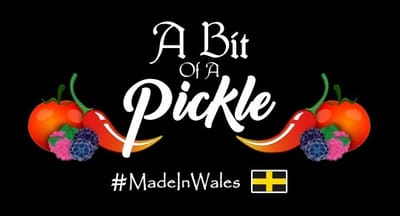Balti Curry Kit (Twisted Curry Co)
The origins of Balti curry can be traced back to the city of Birmingham in the United Kingdom. Contrary to what its name might suggest, Balti curry is not from the Baltistan region or any specific part of South Asia. Instead, it is a dish that was developed and popularised by the Pakistani and Kashmiri immigrant communities living in Birmingham during the 1970s. The term “Balti” refers to the type of cooking pot or wok in which the curry is traditionally cooked and served. These pots are made of thin, pressed steel and have two handles. They are similar to the karahi or karai, a common utensil used for cooking in South Asia. The Balti curry itself is a fusion of traditional South Asian flavours and cooking techniques with influences from British cuisine. It typically consists of marinated meat (such as chicken, lamb, or beef) cooked with a blend of spices, including cumin, coriander, turmeric, and chili. The curry is often prepared quickly over high heat, which gives it a distinct, smoky flavour. The dish gained popularity in the 1980s and 1990s when a number of “Balti houses” or restaurants specialising in Balti cuisine opened in Birmingham. These establishments served the curry in the same steel woks in which it was cooked, creating a unique dining experience. The term “Balti” also became synonymous with the style of curry itself. Over time, Balti curry spread beyond Birmingham and became a popular dish in other parts of the UK and even internationally. It has been adapted and modified to suit different tastes and preferences, so variations of Balti curry can now be found in various cuisines around the world. In summary, Balti curry originated in the Pakistani and Kashmiri communities of Birmingham, UK, and is a fusion of South Asian and British culinary influences. It is named after the cooking pot, the Balti, in which it is traditionally prepared and served.
- Shipping:
Learn More
Serves 6-8 people.
Weight: 47g
Gluten Free. Vegetarian. Vegan.



